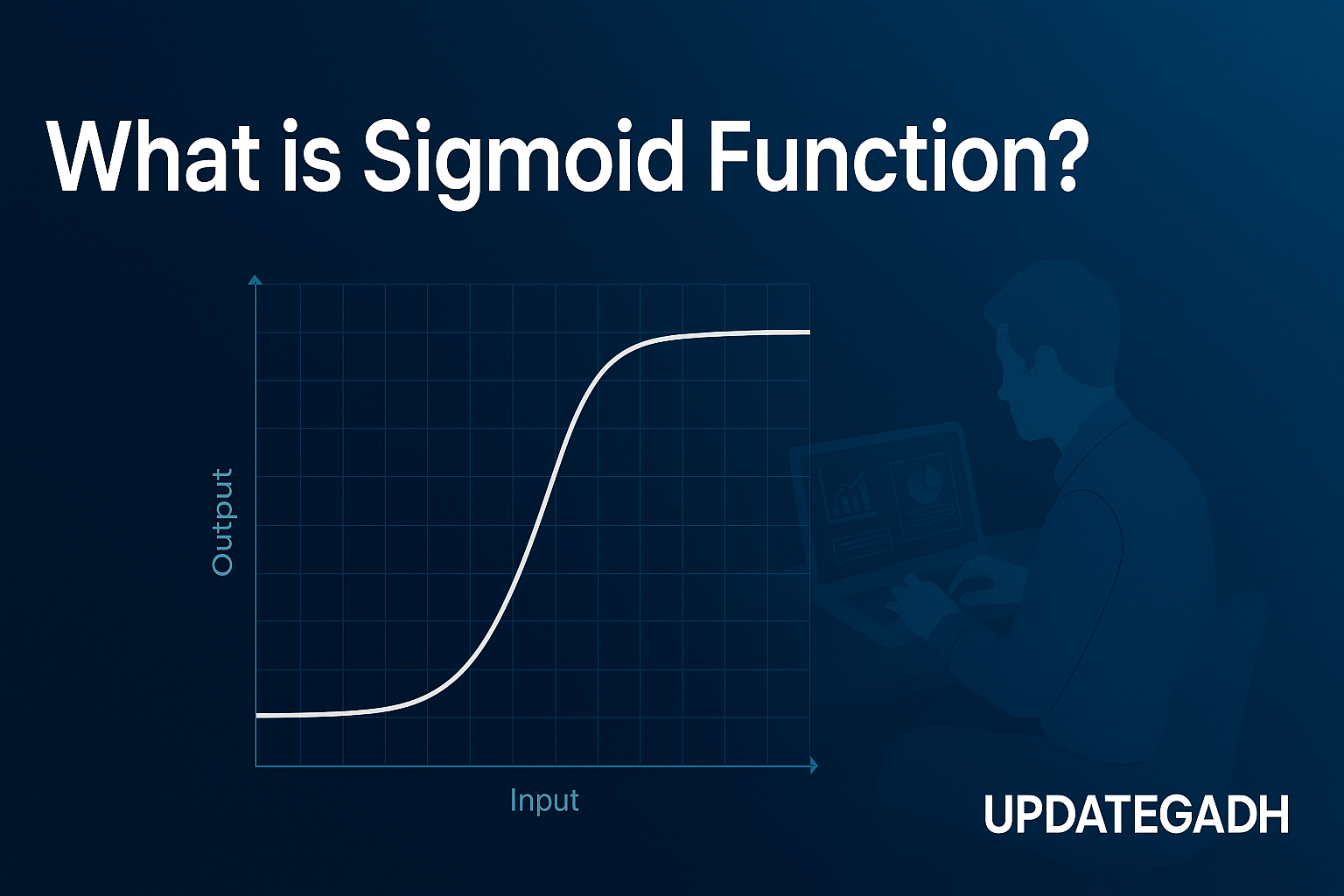
ReLU Activation Function
ReLU Activation Function
In the world of deep learning and artificial intelligence, activation functions play a crucial role in shaping the performance and capabilities of neural networks. The most notable of these is the Rectified Linear Unit (ReLU), a ground-breaking feature that has greatly improved the depth and training of contemporary neural networks.
Complete Python Course with Advance topics:-Click Here
SQL Tutorial :-Click Here
Data Science Tutorial:-Click Here
Sigmoid and Tanh Activation Functions’ Limitations
Sigmoid and tanh activation functions were the preferred options for neural network topologies prior to ReLU’s widespread use. These functions introduced nonlinearity, which enabled neural networks to learn complex data patterns.
- The sigmoid function compresses input values into a range between 0 and 1, making it historically suitable for binary classification.
- The tanh function, on the other hand, scales the input to a range between -1 and 1, which offers better training dynamics due to zero-centered outputs.
However, both these functions suffer from:
- Saturation: For large positive or negative inputs, both functions flatten out, making gradients extremely small.
- Vanishing gradients: When gradients become too small during backpropagation, weight updates shrink, slowing down or completely halting learning—especially in deeper networks.
These limitations made it difficult to train large-scale deep neural networks efficiently, particularly with the advent of high-performance computing like GPUs.
Enter ReLU: A Game-Changer in Deep Learning
To address the vanishing gradient problem and accelerate training, researchers introduced a new activation function known as ReLU (Rectified Linear Unit).
ReLU is defined as:
f(x) = max(0, x)This means:
- ReLU returns the input exactly as it is if it is affirmative.
- It returns 0 if the input is negative.
Simple Python Implementation:
def relu(x):
return max(0.0, x)Example Outputs:
print(relu(1.0)) # Output: 1.0
print(relu(1000.0)) # Output: 1000.0
print(relu(0.0)) # Output: 0.0
print(relu(-1.0)) # Output: 0.0
print(relu(-1000.0)) # Output: 0.0ReLU’s simplicity is a huge advantage—it doesn’t require complex computations like exponentials used in sigmoid and tanh.
Visualizing ReLU
We can plot the ReLU function using matplotlib:
from matplotlib import pyplot as plt
def relu(x):
return max(0.0, x)
inputs = list(range(-10, 11))
outputs = [relu(x) for x in inputs]
plt.plot(inputs, outputs)
plt.title("ReLU Activation Function")
plt.xlabel("Input")
plt.ylabel("Output")
plt.grid(True)
plt.show()This plot is straightforward and effective; it displays a flat line at 0 for negative inputs and a straight diagonal line for positive numbers.
Derivative of ReLU (for Backpropagation)
The activation function’s derivative is required for neural network training:
- For x > 0, derivative = 1
- For x ≤ 0, derivative = 0
Although ReLU is not differentiable exactly at x = 0, this is not an issue in practice.
Why ReLU is Preferred in Deep Learning
✅ Computational Simplicity
Unlike sigmoid and tanh, ReLU uses basic operations (max()), speeding up forward and backward passes.
✅ Sparse Activation
ReLU outputs zero for negative inputs, leading to sparse representations. Sparse networks are efficient and easier to train.
✅ Prevents Vanishing Gradient
ReLU keeps gradients alive for positive inputs, which helps in updating weights even in deep architectures.
✅ Enables Deep Network Training
ReLU has made it possible to train networks with many layers using standard backpropagation, which was previously difficult with sigmoid/tanh.
How ReLU Captures Interactions and Nonlinearities
🧠 Interactions Example:
Consider a node with inputs A and B, and weights 2 and 3 respectively:
output = relu(2*A + 3*B)If 2A + 3B > 0, the output reflects a linear combination. If not, the output is 0. This introduces a piecewise linear behavior that allows for learning nuanced patterns in data.
🌀 Nonlinearities through:
- Bias Terms: A learned offset that shifts the activation boundary.
- Multiple Nodes: Each with unique weights and biases, together producing a complex and highly nonlinear transformation of the input data.
Download New Real Time Projects :-Click here
Complete Advance AI topics:- CLICK HERE
Conclusion
The Rectified Linear Activation Function (ReLU) has become the de facto standard for modern deep learning models due to its computational efficiency, training stability, and capability to learn complex patterns. Unlike sigmoid and tanh, ReLU avoids saturation for positive values and mitigates the vanishing gradient issue, enabling the development of deeper, more powerful neural networks.
For any aspiring machine learning practitioner, understanding and implementing ReLU is an essential step toward building high-performance neural models.
tanh activation function
relu activation function full form
relu activation function graph
leaky relu
relu activation function range
linear activation function
activation function in neural network
sigmoid activation function
softmax activation function
activation function
relu activation function python
relu activation function in neural network
relu activation function example
relu activation function in deep learning










Post Comment